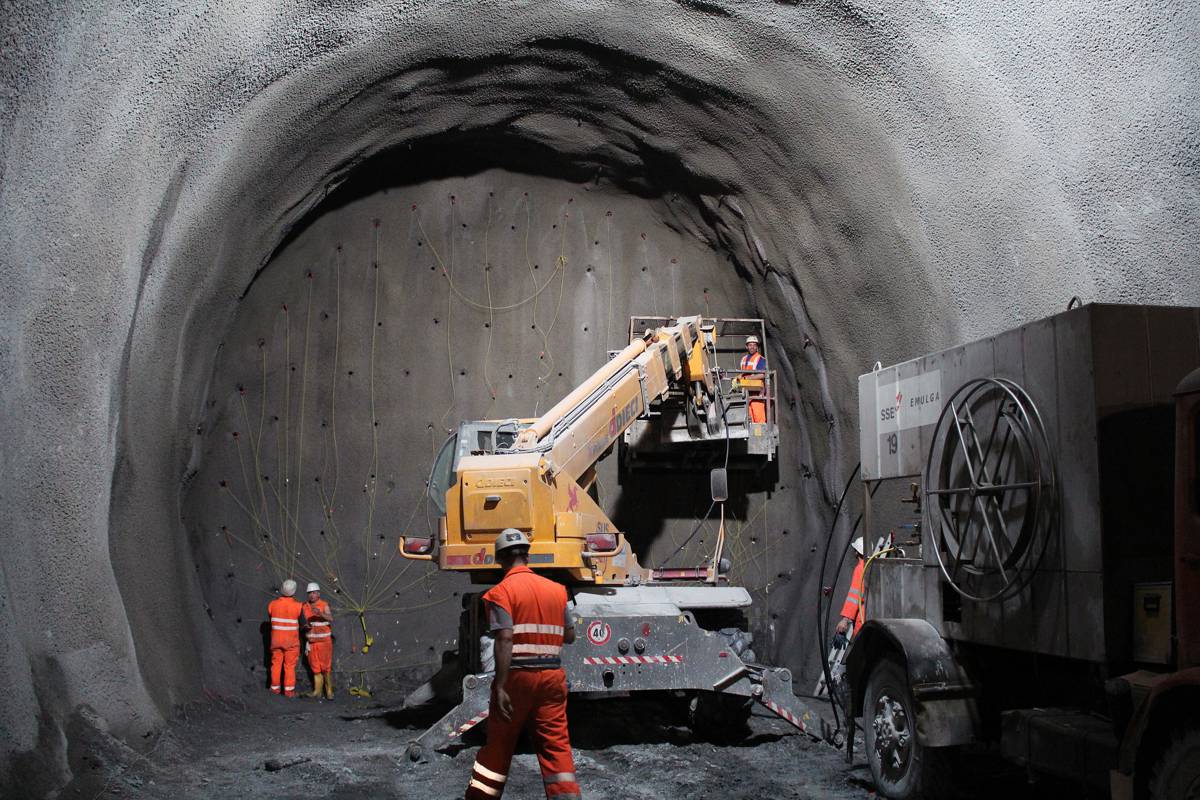6 ways to streamline your construction project
The last two years have been some of the most challenging for construction companies around the world. Between a global pandemic, trade wars, and tariffs, and a growing labour and materials shortage, finding everything you need to finish a project can be difficult at best and impossible at worst.
Meeting deadlines, especially for projects started during the pandemic, has left many companies scrambling to keep up. This, in turn, has led to a wave of invention and innovation as companies make do with what they have.
If you’re finding yourself struggling, here are a few ideas to help you streamline both new and existing construction projects moving forward.
Considering Adopting New Technologies
It may be one of the largest industries, employing more than 7 million people in the United States alone in 2021, but it also remains fairly hidebound in that it’s the slowest to adopt new techniques or technologies.
In spite of these tendencies, sometimes the best way to streamline projects is to work on adopting new technologies that can make the job a little bit easier. This could include but isn’t limited to:
- Robotics for various stages of construction automation.
- Industrial 3D printing for laying concrete.
- Drones for site inspection, removing the need for human inspections.
- Augmented and virtual reality and their various applications within the industry.
The potential is limitless, but it’s up to you to take those first steps and start adopting these new technologies as a tool for streamlining your projects. Each of the options mentioned above, and the countless others emerging every year, can reduce the number of workers needed on a site at any given time, take over repetitive or mundane tasks, and speed up many steps in the construction process — just to name a few potential benefits.

Create a Safer Worksite
Construction may be one of the most populated industries in the world, but it is also the most dangerous. More than 20% of on-the-job fatalities in 2019 happened in the construction industry. An injury on any job site, in addition to being dangerous or even deadly for those involved, is going to throw a wrench into your schedule. Work will grind to a halt as an investigation is carried out, and it will become more difficult to meet your deadlines as you wait for these necessary steps to be completed.
While it isn’t always possible to avoid on-the-job injuries, especially in the construction industry, business owners should strive to create a safer workplace. This means adhering to all applicable OSHA regulations and taking all the necessary steps to prevent these incidents from occurring whenever possible. Work to create a culture of safety within your business, so everyone feels as though they are playing a role in keeping themselves and the people around them safe.
Reduce Unnecessary Meetings
“This meeting could have been an email!” The statement has become a meme at this point, but unnecessary meetings eat up everyone’s time and in most cases aren’t going to get anything done that couldn’t have been otherwise handled in an email or through passing conversations throughout the day.
Take a look at your average meeting. Are there things that could be communicated better or more efficiently by text or email? Does everyone need to be present for each of these meetings or is the extra population just so you can keep an eye on them while you’re locked behind closed doors?
If you feel like meetings are necessary, try to limit them to once a week or once every other week. Deliver the necessary information in a concise manner and move on with your day. Any updates can be discussed in-person with the people involved, rather than having to take everyone off the site for an hour while you read your way through a bullet-pointed list.

Make the Switch to Modular Construction
Modular construction is growing in popularity as a tool for reducing both construction costs and timelines. In modular construction, large sections of a project are constructed on a factory floor rather than on-site. Once finished, the sections are transferred to the job site and assembled, leaving the rest of the work for finishers and subcontractors that set up systems like electricity, plumbing, and HVAC.
The biggest benefits of modular construction stem from the fact that these pieces are created in a factory, so there is no need to worry about watching the weather or whether a sudden rainstorm or early winter freeze might ruin your recent concrete pour. When it comes to streamlining construction projects, modular construction can deliver projects up to 50% faster than traditional construction methods.
Consider Revising Contract Clauses
Existing contracts took a beating at the beginning of the pandemic, especially in parts of the world where construction was considered non-essential and forced to shut down. Many clients and those familiar with contract law argued that the COVID-19 pandemic constituted a force majeure — an “Act of God” that made it possible to break the contract or cancel the project without any penalties.
If this could potentially be a problem for you, consider revising your contract clauses — especially where things like force majeure is concerned. If living through nearly two years of a global pandemic has taught us anything, it’s that flexibility and adaptability are essential for any company to survive, regardless of the industry.

Make Sustainable Choices
Traditionally the construction industry is not one that is generally considered sustainable. In 2018, the construction and demolition industry generated more than 145 million tons of waste, discarding upwards of 30% of the building materials delivered to the job site. In spite of this abysmal track record, there is a growing push toward creating more sustainable job sites and reducing both the amount of waste and the overall carbon footprint of the industry as a whole.
This push toward sustainability in the construction industry can also be a valuable tool for helping you streamline your projects. Many of the methods we’ve already mentioned, such as making the switch to modular construction, can also help support sustainability. These construction methods generate less waste because everything is already pre-cut, pre-measured, and ready to assemble when it arrives on the construction site. There’s no measuring lumber, no pouring concrete, and no ordering more supplies than you actually need, which in turn reduces waste.
Make Smart Choices to Streamline Your Projects
This is not an exhaustive list by any means when it comes to ideas for streamlining your projects. If none of these suggestions fit your existing business model, use your imagination to see where they could be tweaked and or adjusted to work with your current setup. Adopting new technologies or making the leap to modular construction can seem intimidating, especially for an industry like this that tends to be so set in its ways.
Many of these suggestions may also represent a significant investment, putting them out of reach for small companies or those that might still be struggling to recover from the impact of the pandemic. The key here is to make smart choices when it comes to adopting new methods or technologies for streamlining your projects. Start small and work your way up to the bigger changes.
















